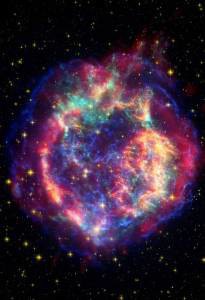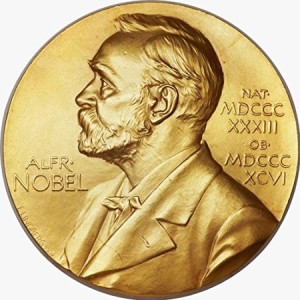 The most recent supernova event has left the science world second guessing the things they once believed. It happened during the early part of this year and thanks to the Kepler space telescope, as well as the Australian National University’s research, they were able to see a 1a supernova during the earliest stages of ignition through the next three weeks when it reached its peak brightness. Over the next few months they continued to watch as its brightness declined.
The most recent supernova event has left the science world second guessing the things they once believed. It happened during the early part of this year and thanks to the Kepler space telescope, as well as the Australian National University’s research, they were able to see a 1a supernova during the earliest stages of ignition through the next three weeks when it reached its peak brightness. Over the next few months they continued to watch as its brightness declined.
What They Used to Think
Before this happened, we knew of a “dark energy” that was expanding our universe. Scientists thought at first that eventually the expansions would slow due to the impact that gravity would have on it. This changed when scientists saw the first 1a supernovae happen. It had occurred more than 2.5 hours after its ignition and it was sighted by the Hubble Space Telescope in 1998. The explosions afterward all followed a particular pattern, and scientists believed that from start to finish all the dying star explosions followed the same type of pattern.
Their belief from watching what happened after the explosion was that a dense star would suck in material from a larger neighboring star until it became dense enough that its carbon core would ignite. The new images have changed that whole idea and have scientists thinking of things a little differently after nearly 20 years.
The Things We Have Now Learned
First and foremost, it is now known that all stars blow up uniquely and it is actually a collision between two small white dwarf stars that sets off the explosion. When they are at their brightest, they are brighter than all of the other billions of stars in their galaxy and it changes everything about the way that scientists believed a 1a supernovae ignition would always happen.
 The only thing that did not change with this new information is that it does not mean Brian Schmidt from ANU, Adam Reiss from Johns Hopkins, and Saul Perlmutter from Berkeley, did not deserve to win a Nobel Prize in 2011. They were awarded it because they proved that the dark energy is causing an accelerated expansion of the universe, had not changed. The dark energy still does exist and it is still expanding as scientists had predicted in 1998. Perhaps this expansion is what caused the two stars in a galaxy to collide and the 1a supernovae to take place.
The only thing that did not change with this new information is that it does not mean Brian Schmidt from ANU, Adam Reiss from Johns Hopkins, and Saul Perlmutter from Berkeley, did not deserve to win a Nobel Prize in 2011. They were awarded it because they proved that the dark energy is causing an accelerated expansion of the universe, had not changed. The dark energy still does exist and it is still expanding as scientists had predicted in 1998. Perhaps this expansion is what caused the two stars in a galaxy to collide and the 1a supernovae to take place.
Where Will We Go From Here?
This new discovery changes the way that scientists had figured the universe’s benchmark explosion would happen from the start and to where it reaches the peak brightness. They now know that it varies much more than they had at first believed and that there are no particular patterns to how it all begins. All of the newly discovered information from the new explosion does not fit with the existing theories at all. It shows that even though stars end up doing the same things at the end of a supernovae blast, its initial shock waves are very different.
It kind of makes you wonder what we will discover later on. What we may have been wrong about in the past and will soon have to figure out all over again.